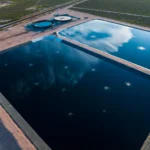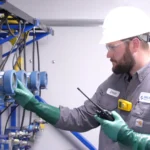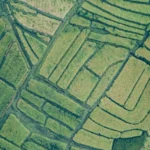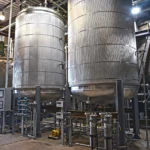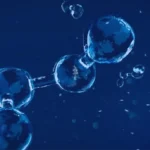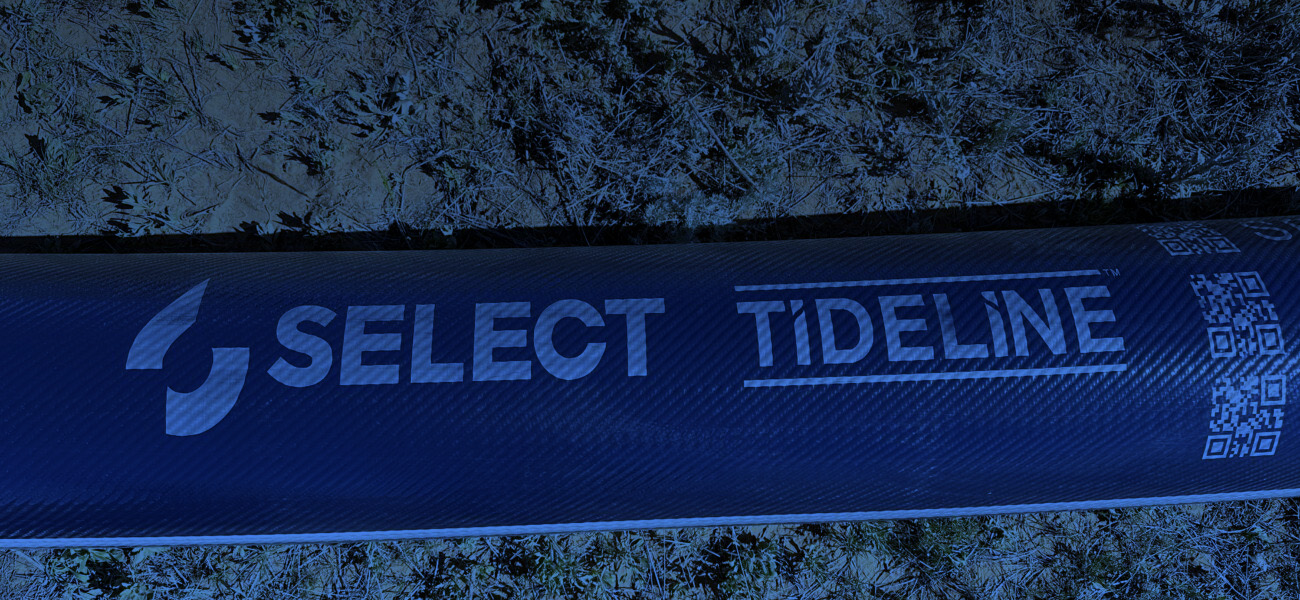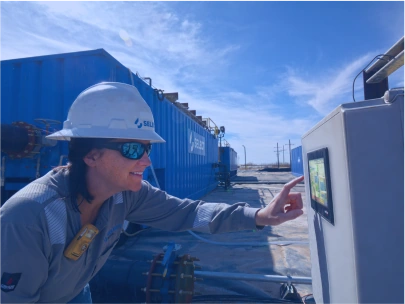
Water Solutions
Select Water Solutions leads the energy industry in managing the entire water cycle, from sourcing to responsible disposal.
Select Water Solutions is a leading provider of comprehensive water management for the total water cycle. That means handling everything from sourcing and transporting water to treating, recycling, and disposing of produced water in an environmentally responsible manner.
By leveraging advanced technologies and industry expertise, Select optimizes water usage, minimizes environmental impact, analyzes chemistry and enhances operational efficiency across the entire water management spectrum.
Addressing Water Challenges
Sustainability
Solving sustainability challenges from the start
Production Enhancement
Improving outcomes and producing results
Operational Efficiency
Innovative solutions that optimize operations
Safety & Reliability
Investing in technology to protect people and assets
Technology that Puts Water to Work
AquaView® by Select is a smart automation system designed to transform water resource management in the oil field.
It works by gathering insights from a network of deployed equipment and integrating advanced technology to provide actionable data and streamline operations, while supporting sustainable oilfield operations.

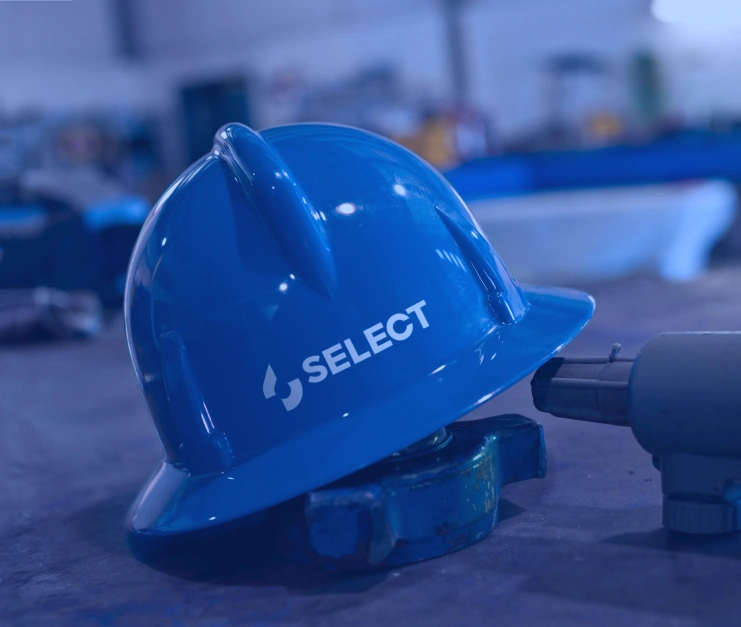
Safety-Focused
At Select Water Solutions, operational safety is not just a priority but a core value ingrained in every aspect of our operations. We are dedicated to the well-being of our employees, clients, and the communities in which we operate.
Key Elements of Our Safety Program
Employee Training & Learning Management
Advanced Monitoring Technologies
Personal Engagement Campaigns
Safety Recognition Program
Related Resources
Connect with a
Water Expert
We have assembled a team of water infrastructure and logistics experts, trained to deliver efficient water management solutions for oilfield operations. Our focus ensures optimal sourcing, transportation, and containment while addressing sustainability, regulatory compliance, and long-term operational efficiency

